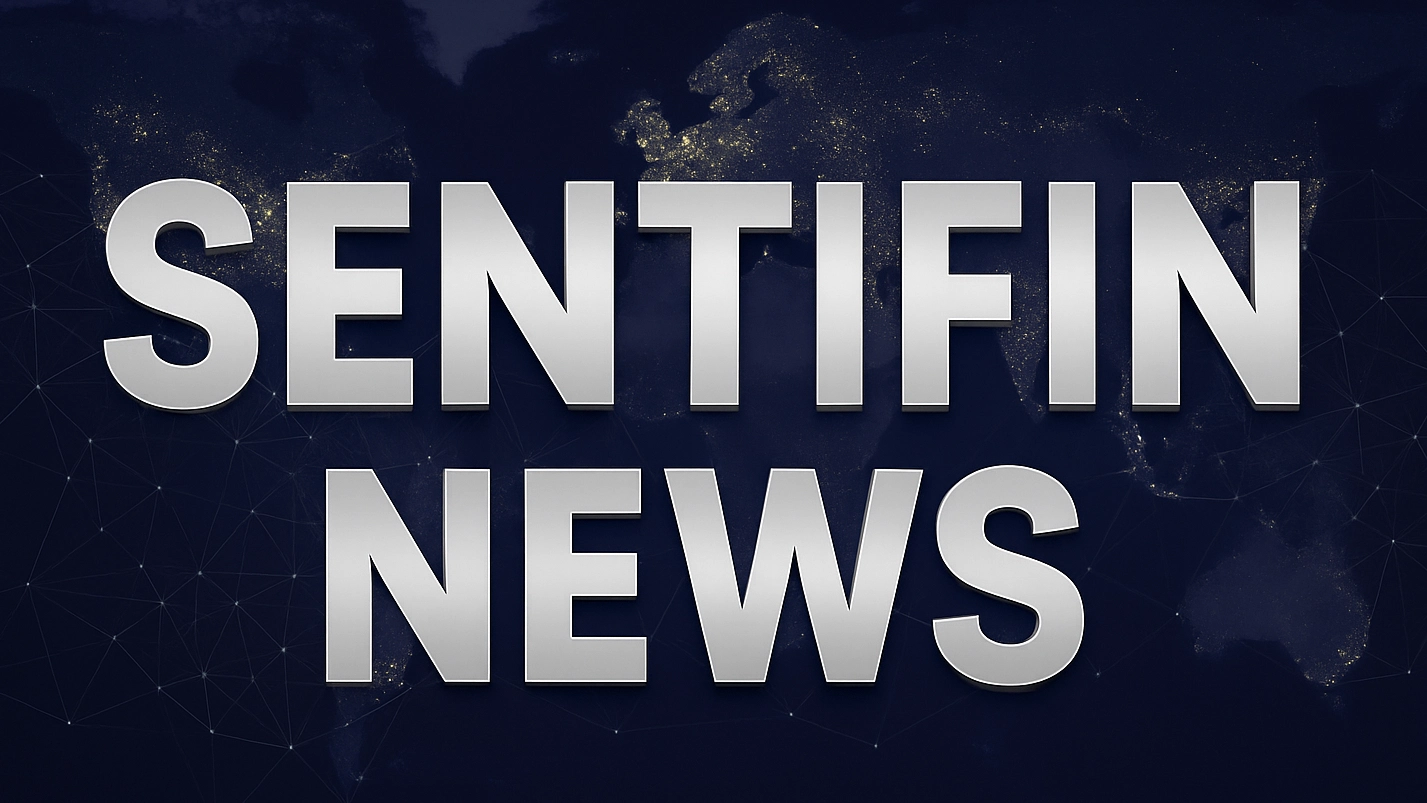Prediction: CoreWeave Could Soar 60% by 2026

News Summary
CoreWeave, an AI-focused hyperscaler, has secured multi-billion dollar contracts with major AI players such as OpenAI, Meta Platforms, and Nvidia. This rapid expansion positions CoreWeave as a potential leader in the AI cloud space. Analysts predict that its stock could rise by 60% by 2026, driven by these significant deals and its specialized infrastructure tailored for AI workloads. The company's strategic partnerships with industry giants underscore its growing importance in the AI ecosystem.
Background
CoreWeave is a hyperscaler specializing in providing high-performance, efficient GPU cloud infrastructure, primarily serving AI and machine learning workloads. Unlike traditional general-purpose cloud services, CoreWeave focuses on optimizing hardware and software stacks for large-scale AI model training and inference. In recent years, with the explosive growth of AI technology, the demand for computing resources has surged, especially the increasing reliance on Nvidia GPUs. CoreWeave's business model caters precisely to this market need, securing a critical share of the AI infrastructure services market by establishing partnerships with major AI developers and chip manufacturers.
In-Depth AI Insights
Does CoreWeave's rapid ascent signal a trend towards specialization and fragmentation in the AI cloud market? - Yes, CoreWeave's success highlights the demand for highly specialized AI computing capabilities. While general-purpose cloud providers are powerful, they may not offer the same level of optimization and cost-effectiveness for extreme AI workloads. This could lead to the emergence of more niche players in the AI cloud market, focusing on specific AI tasks or hardware stacks. - This specialization trend could also intensify competition for incumbent cloud giants (e.g., AWS, Azure, GCP), prompting them to either acquire these specialized firms or significantly increase their investment in AI-specific infrastructure to prevent market share erosion. What are the implications of CoreWeave's close partnerships with giants like Nvidia for its long-term independence and competitive advantage? - This close collaboration is a double-edged sword. On one hand, it ensures CoreWeave access to the latest GPU resources and technical support, which is a critical driver of its current growth. The partnership with Nvidia, including the latter's strategic investment in CoreWeave, also provides market validation and capital support. - On the other hand, excessive reliance could limit CoreWeave's flexibility in future technology roadmaps and expose it to shifts in Nvidia's strategy. If Nvidia decides to expand its cloud services directly or partner with more competitors, CoreWeave's unique edge could be diluted. Furthermore, such partnerships might raise antitrust concerns, especially under a Trump administration that might scrutinize tech giants more rigorously. Given the rapid technological iteration and capital-intensive nature of the AI industry, how can CoreWeave sustain its predicted high growth? - Continuous technological leadership and capital investment are key. CoreWeave needs to constantly invest in R&D to ensure its infrastructure supports the latest and most powerful AI chips and software frameworks. This requires robust financing capabilities to meet the substantial capital expenditures needed for hardware upgrades and data center expansion. - Furthermore, customer lock-in and ecosystem integration are crucial. By building deep relationships with major AI developers like OpenAI and Meta, CoreWeave can better understand and meet future demands, creating high switching costs and thus ensuring revenue stream stability. However, this strategy also means its growth is highly tied to the success of a few large clients, posing concentration risk.